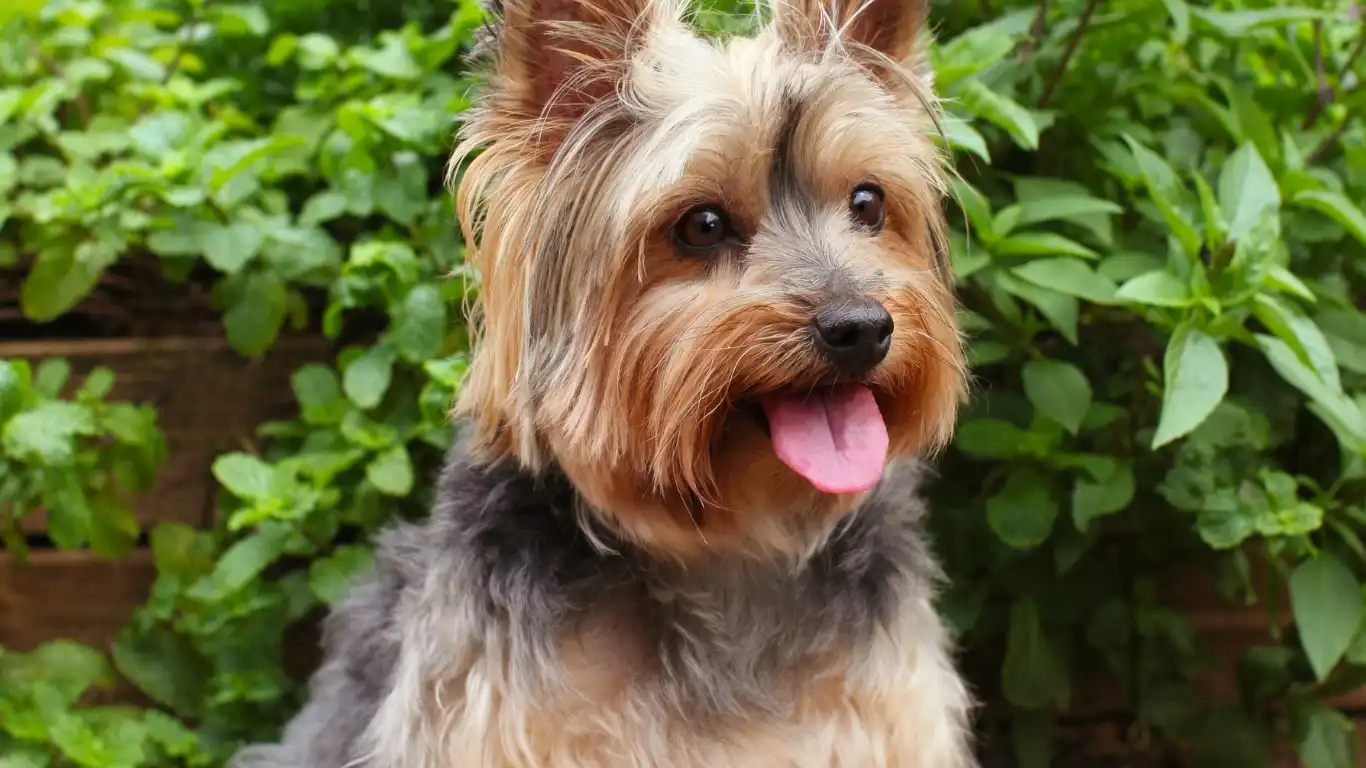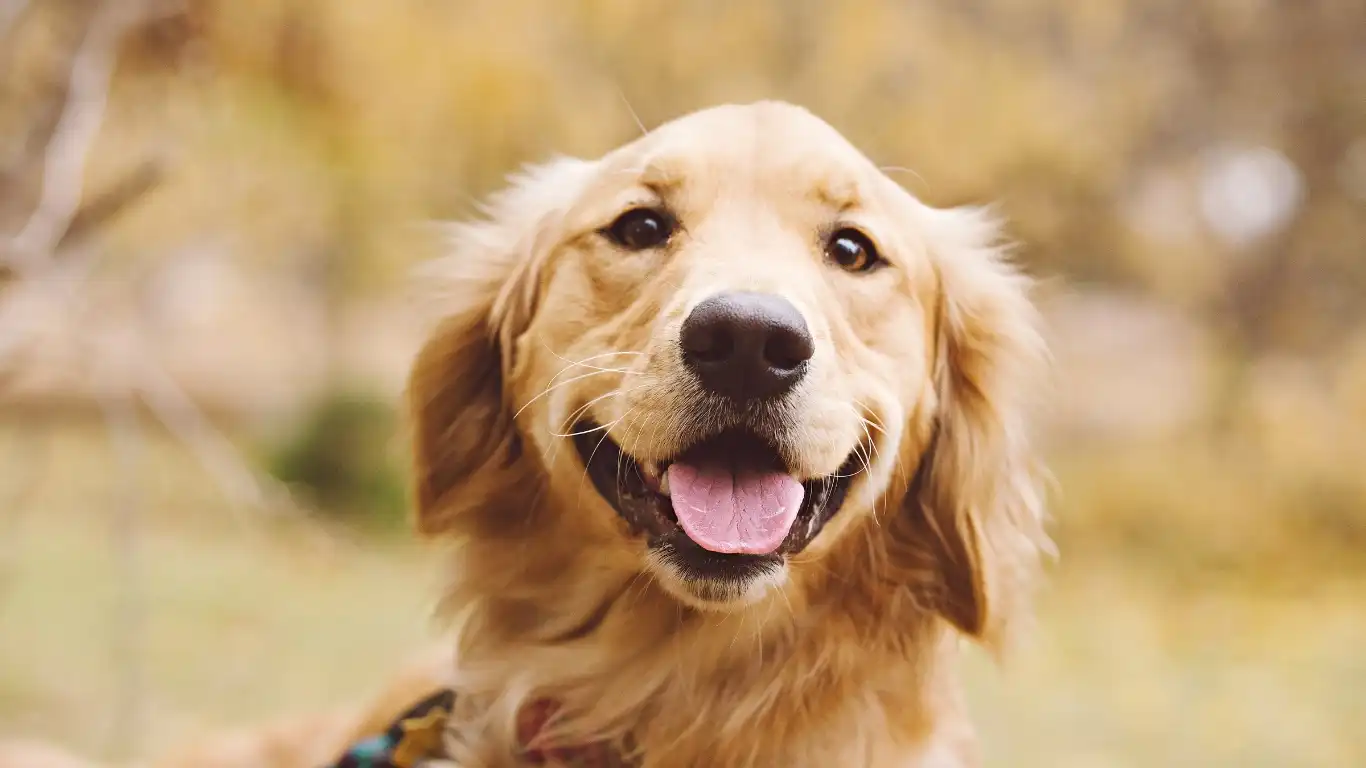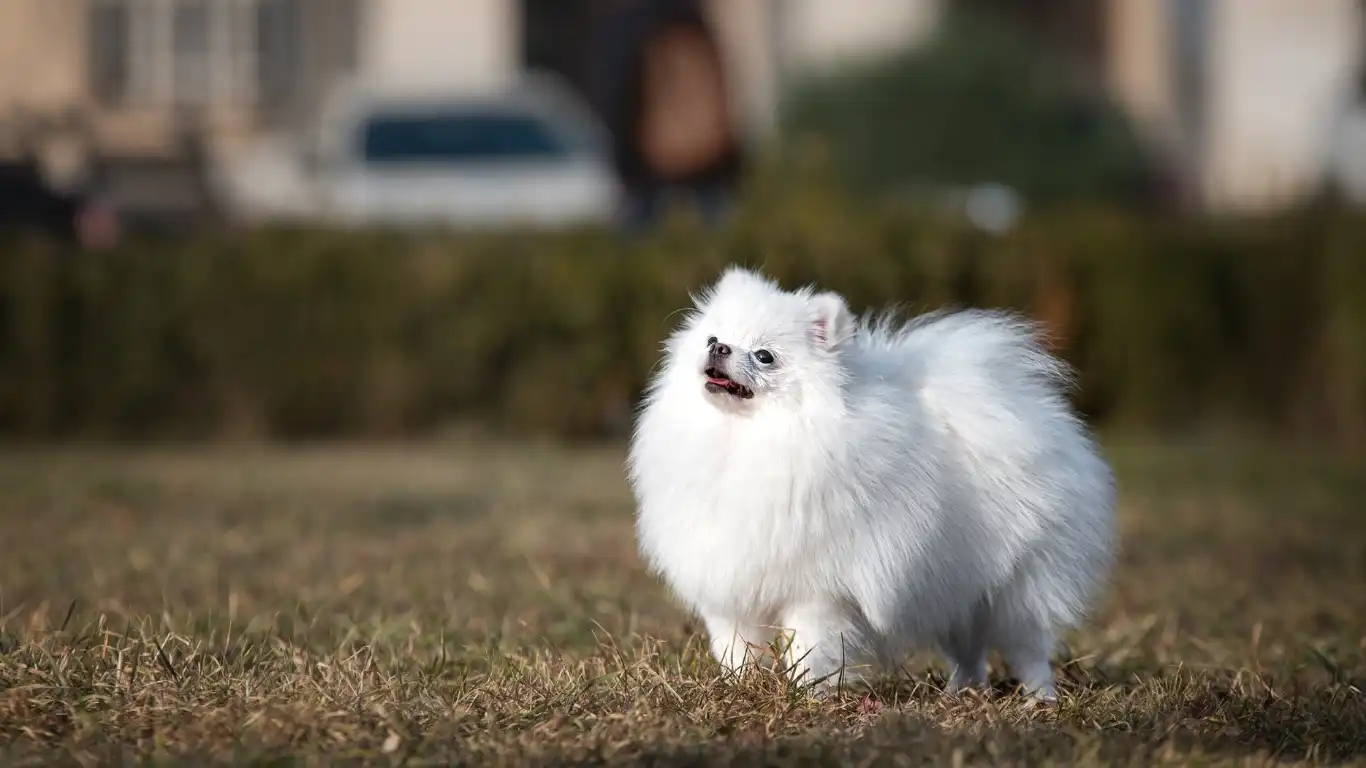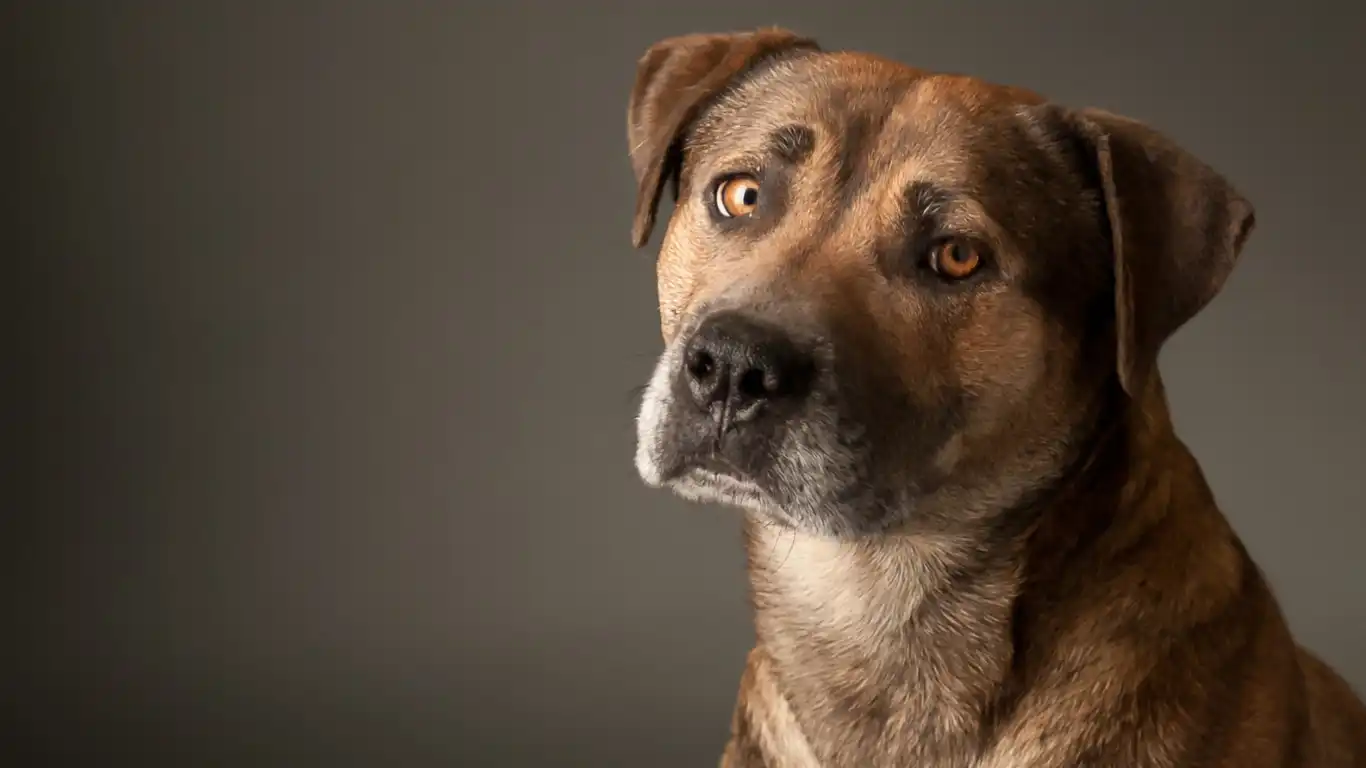How to Recognize Signs of Dog Dehydration Before It’s Too Late
If you’ve ever had a dog, you probably know how important water is to their health. But do you know exactly how to recognize signs of dog dehydration? As a Veterinary Technician specializing in nutrition, I’ve seen plenty of cases where dehydration sneaks up on pet owners because it isn’t always obvious at first. Dogs can’t just tell us when they’re thirsty or feeling off, so it’s up to us to be vigilant and spot the early warning signs before it turns serious. Whether you’re a seasoned dog parent or just bringing home your first furry friend, knowing these signs can make all the difference in keeping your pup happy and healthy.
Why Dehydration in Dogs is a Serious Concern

Dehydration happens when your dog loses more fluids than they take in. Sounds simple, but in reality, it can happen fast — especially on hot days, after intense play, or if your dog is sick. When a dog is dehydrated, their body can’t function properly, affecting everything from their circulation to organ health. I remember one particular case with a client’s golden retriever who came in looking a little off but nothing too alarming. Within hours, it was clear dehydration was the culprit, and quick rehydration saved his life. This experience really drove home how crucial it is to recognize the signs early.
So, what causes dehydration? It can be due to:
- Not drinking enough water
- Excessive panting, especially in hot weather
- Vomiting or diarrhea
- Fever or illness
- Increased urination (sometimes from medical conditions)
Being aware of these causes can help you take steps to prevent dehydration before it becomes a problem.
How to Recognize Signs of Dog Dehydration: The Early Clues

In my years as a vet tech, one of the first things I teach pet owners is to watch for subtle changes in their dog’s behavior and physical condition. Dogs are masters at hiding when something’s wrong, so the key is catching those early signs of dehydration before they escalate. Here’s what to look for:
1. Dry or Sticky Gums
Healthy dog gums should be moist and slightly slippery. If you gently lift your dog’s lip and notice their gums feel sticky, tacky, or unusually dry, that’s a big red flag. This happens because dehydration reduces saliva production. In some cases, the gums may also appear pale or dull, which could indicate poor blood circulation linked to dehydration.
2. Loss of Skin Elasticity (Skin Tent Test)
One of the classic tests we use is the “skin tent” test. You gently pinch the skin on the back of your dog’s neck or between their shoulder blades and then release it. Normally, the skin should snap back quickly. If it stays tented or returns slowly, it’s a sign your dog may be dehydrated. I often remind pet parents to do this test carefully and gently — some dogs might not love it, so patience is key.
3. Excessive Panting and Lethargy
While panting is normal, especially after exercise or in warm weather, excessive panting that doesn’t subside along with lethargy can point to dehydration. A dehydrated dog might also seem unusually tired or less interested in activities they usually enjoy. From personal experience, I’ve seen once-energetic dogs become sluggish, which can be quite worrying if the cause isn’t obvious.
4. Sunken Eyes and Dry Nose
Another sign to watch for is sunken eyes — they can look dull or hollow. Combined with a dry or cracked nose, these signs suggest your dog’s body is struggling to maintain hydration. Although some dogs naturally have drier noses, a sudden change is worth noting and checking out.
5. Changes in Urine Output
If your dog is peeing less frequently or the urine looks darker than usual, it could indicate dehydration. In some cases, you might even notice signs of discomfort while urinating. When I worked in the clinic, these changes often helped us catch dehydration early in dogs who couldn’t express their discomfort in other ways.
When to Seek Veterinary Help
If you spot any of these signs and they don’t improve after offering water, it’s time to consult a vet. Dehydration can quickly become an emergency, especially in puppies, senior dogs, or those with underlying health conditions. I always tell owners: trust your instincts — if something feels off, don’t wait to get professional advice.
Simple Steps to Prevent Dog Dehydration

From my experience as a veterinary technician, prevention is always the best medicine — especially when it comes to dehydration. It’s way easier to keep your dog hydrated than to treat dehydration once it takes hold. Luckily, there are some straightforward habits you can adopt to keep your furry friend well-hydrated and feeling their best.
Here are some of my top tips that I always share with pet parents:
- Always have fresh water available. This might sound obvious, but you’d be surprised how often bowls go unnoticed or get dirty. I recommend changing your dog’s water at least twice a day, especially during warm months or after exercise.
- Encourage drinking during and after playtime. After a good run or a walk, make sure to pause for water breaks. Some dogs get so excited they forget to drink, so gently guiding them to their water bowl helps a lot.
- Consider wet food or adding water to dry kibble. If your dog isn’t a big water drinker, adding moisture to their meals can boost their hydration. I’ve seen picky eaters perk right up with a little broth or water mixed in.
- Watch the weather and activity levels. On hot, humid days, dogs lose more water through panting. Limit strenuous activity, seek shade, and keep water handy during these times.
- Be mindful of certain health conditions. Dogs with illnesses like diabetes, kidney disease, or urinary tract infections may lose fluids faster. If your dog has any medical issues, chat with your vet about hydration strategies tailored to them.
Emergency First Aid for Dehydration in Dogs

Sometimes, dehydration can sneak up on us despite our best efforts, and that’s when quick action matters most. In the clinic, I’ve helped many dogs recover when owners knew what to do right away. Here’s a simple guide on what to do if you suspect your dog is dehydrated but you’re waiting for veterinary help:
1. Offer Small Amounts of Water Frequently
If your dog is alert and able to drink, offer small sips of water rather than letting them gulp large amounts at once. This helps prevent vomiting, which can worsen dehydration. I always recommend using a clean bowl or even an ice cube to slowly hydrate dogs who are reluctant to drink.
2. Cool Them Down Gently
If heat is the culprit, help your dog cool down by moving them to a shaded area or indoors with air conditioning. You can also use a damp cloth to gently wipe their paws, ears, and belly. Avoid cold water baths or ice packs, though, as these can shock their system.
3. Monitor Their Behavior and Physical Signs
Keep an eye on signs like excessive panting, weakness, or unresponsiveness. If your dog seems confused or collapses, these are serious warning signs, and you should get to a vet immediately. In my work, quick recognition and transport to emergency care have saved many lives.
4. Avoid Giving Human Medications
Never give your dog any medications without a vet’s guidance. Some human medicines can be toxic to dogs and complicate their condition further.
Nutrition’s Role in Supporting Hydration

Proper nutrition goes hand in hand with hydration, and as someone who’s specialized in veterinary nutrition, I can’t stress this enough. Balanced diets help maintain your dog’s overall health, supporting organ function and fluid balance. Some specific nutrients play a role in keeping your dog hydrated and their cells functioning properly:
- Electrolytes: Minerals like sodium, potassium, and chloride regulate fluid balance. Commercial dog foods usually include the right amounts, but if your dog’s been sick or vomiting, your vet might suggest electrolyte supplements.
- Quality proteins and fats: These support tissue repair and energy, helping your dog stay strong during recovery from dehydration or illness.
- Moisture-rich foods: Wet or canned foods naturally contain more water, which helps increase overall intake.
From personal experience, I’ve seen dogs bounce back faster when their diet supports hydration alongside proper medical care. I always encourage pet owners to talk to their vet about the best diet, especially if their dog has special needs.
Finally, one thing I’ve learned over the years is that every dog is unique. What works for one pup might not work for another, so tuning into your dog’s individual habits and signals is the key to keeping dehydration at bay.
How to Keep Your Dog Hydrated Year-Round

Keeping your dog well-hydrated isn’t just a seasonal job — it’s a year-round commitment. Even in cooler months, dehydration can sneak up, especially if your dog’s activity level changes or they’re dealing with any health issues. One thing I always tell new dog owners is to make hydration a routine part of your dog’s day, just like feeding or brushing their coat.
Here are some practical, easy-to-remember ways to keep your dog hydrated no matter the season:
- Maintain accessible water stations throughout your home and yard. Sometimes dogs get picky if they have to go too far for water or if the bowl isn’t clean.
- Use interactive water dispensers or fountains. I’ve noticed some dogs drink more eagerly when the water is fresh and moving — it’s like a mini-game for them!
- Offer ice cubes as treats. Especially in summer, many dogs enjoy licking or chewing ice, which helps with hydration and keeps them cool.
- Watch for signs of dehydration after exercise. Make water breaks a part of playtime, and always carry a portable water bowl when you’re out on walks or hikes.
- Adjust water intake strategies as your dog ages. Older dogs might need encouragement to drink more, so offering wet food or flavored water (like low-sodium broth) can help.
Common Myths About Dog Dehydration — Debunked!

I’ve encountered quite a few myths around dog hydration during my years in veterinary care. Some of these misunderstandings can actually put dogs at risk, so it’s worth setting the record straight:
Myth 1: Dogs Only Need Water When They’re Thirsty
Not true. Unlike humans, dogs might not always show obvious thirst cues until they’re already dehydrated. This is why it’s important to offer water regularly and encourage drinking, even if your dog doesn’t seem thirsty.
Myth 2: Dogs Get Enough Water from Their Food Alone
While wet food does provide some moisture, it usually isn’t enough to meet all hydration needs, especially if your dog eats dry kibble or has a busy lifestyle. Fresh water should always be available to complement their diet.
Myth 3: Panting Means My Dog Is Just Hot, Not Dehydrated
Panting is definitely a way for dogs to cool down, but excessive panting combined with other signs like lethargy or dry gums could indicate dehydration or heat stress. Always watch for a combination of symptoms rather than just one.
Myth 4: Giving Salted Snacks Can Help Keep Dogs Hydrated
Actually, salt can make dehydration worse by pulling water out of cells. Avoid giving your dog salty human snacks and stick to vet-approved treats and foods.
When to Call Your Vet: Understanding the Urgency
In my years working hands-on with dogs, I’ve seen that quick veterinary intervention can be a game changer for dehydration cases. If your dog is showing any severe symptoms — like persistent vomiting, diarrhea, collapse, or confusion — don’t wait. Dehydration can escalate fast and cause complications like kidney failure or shock.
Even if symptoms seem mild, but they persist for more than 24 hours, it’s best to get a professional check-up. Your vet can perform blood tests, provide IV fluids, and tailor treatment to your dog’s specific needs. And trust me, vets appreciate owners who catch dehydration early and come in for help before things get critical.
References
- American Veterinary Medical Association
- American Society for the Prevention of Cruelty to Animals
- American Animal Hospital Association
Disclaimer
This article is intended for educational purposes only and should not replace professional veterinary advice. If you suspect your dog is dehydrated or experiencing any health issues, please consult your veterinarian promptly. Every dog is unique, and only a qualified professional can provide diagnosis and treatment tailored to your pet’s individual needs.






